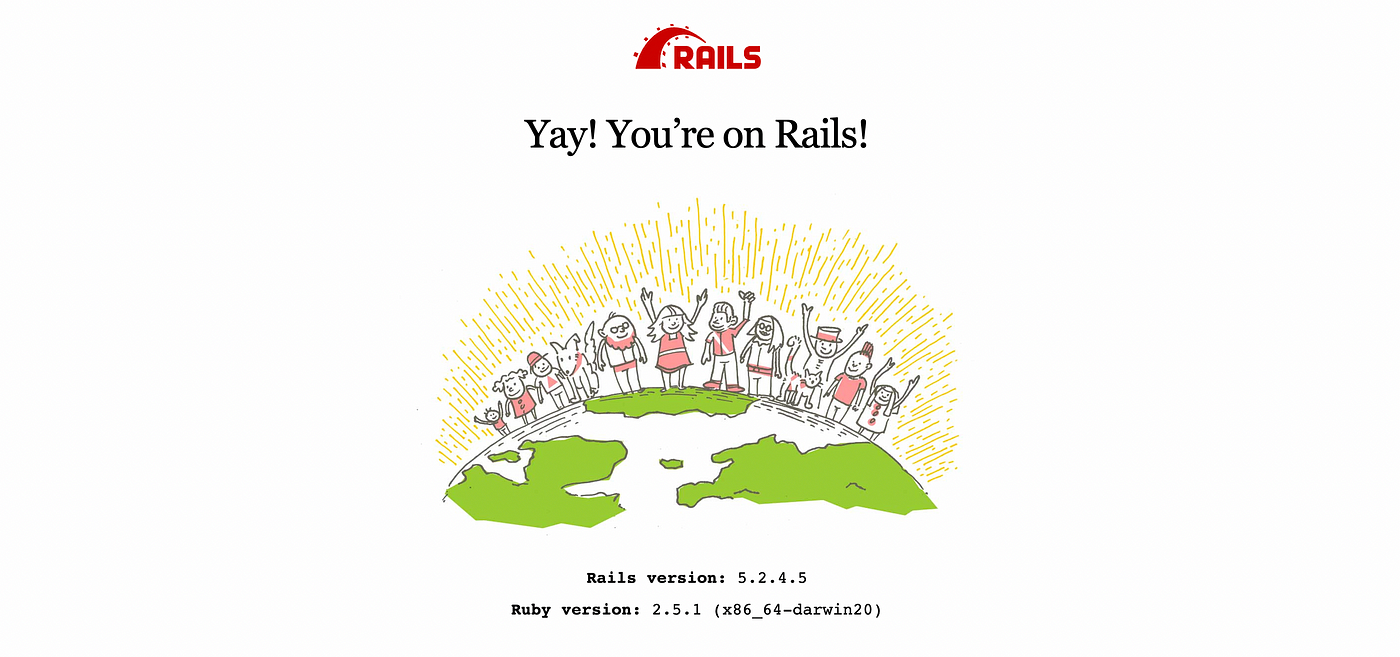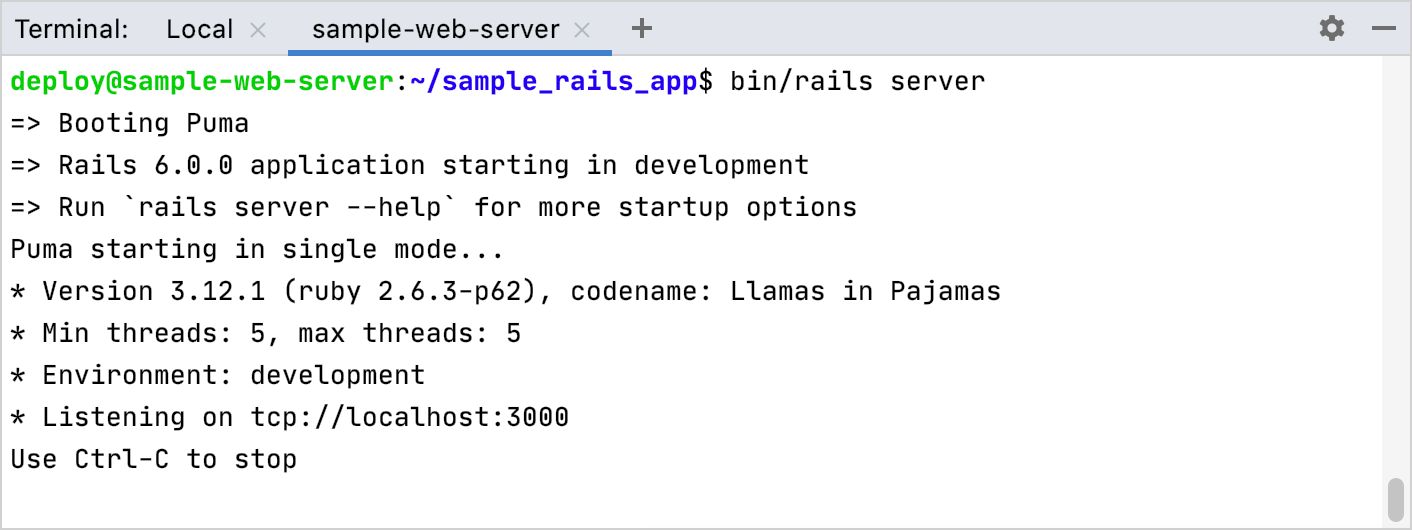

- #Allow access to terminal for ruby? for mac install#
- #Allow access to terminal for ruby? for mac upgrade#
Atom is open source and completely free to use and modify, while Sublime Text is neither free nor open source (it will ask you, but not require you, to purchase a license). Two other great editors that work very similarly to VSCode are Atom and Sublime Text. If you don't have a preference, this is the option we recommend. At the time of this writing, the plugin ecosystem isn't quite as vast and varied as those for Sublime Text and Atom (see below), but it's growing at a robust pace. Its popularity is growing rapidly in the developer community. Most surprisingly, perhaps, is that it comes from Microsoft. It's a highly polished product that is both pleasant to look at and pleasant to use.

However, if you do not have a preferred code editor, we recommend using Visual Studio Code (also known as VSCode). If you already have a favorite code editor (e.g., Vim, TextMate, Emacs, Notepad++, etc.) you can use it to work through this book. A code editor is used to create plain text documents with no styling or formatting. You'll be using a code editor to write code. You should see a print out of the version of RubyGems you are using.īefore you begin, make sure to verify that typing in ruby -v in your terminal returns version 1.9.3 or higher. RubyGems comes with Ruby 1.9.3 and higher, so once you have Ruby installed you can verify from terminal with gem -v. We also recommend installing DevKit from the same site.
#Allow access to terminal for ruby? for mac install#
If you are on a Windows machine, we recommend using RubyInstaller to install Ruby. That leaves Mac users with one choice: install with Homebrew. Building from source is also not a good idea for beginners.

Don't use rvm or rbenv if you aren't proficient from the command line and can't debug installation issues on your own. These are Ruby version managers that allow you to run different versions of ruby side by side, and allow you to switch between them freely. If you're technically inclined, you can try rvm or rbenv. If you refer to the official Ruby installation documentation, you'll see that there are 4 choices: Therefore, even though your system comes with Ruby, you still need to install Ruby again.
#Allow access to terminal for ruby? for mac upgrade#
Some system Ruby installations, especially on Mac, have limited permissions and will impede your ability to install gems, upgrade Ruby, and perform other development tasks. You should see a print out of the version of Ruby that is installed on your machine. Go to your command line or terminal application and enter ruby -v. If you are working on a Mac or Linux machine, you should have Ruby installed already. We prefer Ruby 2.5 or higher - you may experience some minor issues with an older version of Ruby. You will need Ruby version 1.9.3 or greater. For the purposes of this book, you'll need to have Ruby and RubyGems installed on your machine.


 0 kommentar(er)
0 kommentar(er)
